4 min to read
By Bruno Gavino, CEO, Codedesign
Let’s stop pretending AI is just another upgrade in the marketer’s toolbox. What we’re witnessing now—from Snapchat’s AI-Powered Advertiser Solutions to YouTube’s Contextual Ads and Meta’s AI-video synergy—is a full-stack transformation. AI isn’t just optimizing campaigns. It’s dictating how we craft, deliver, and iterate brand narratives.
The big shift? We’re entering an era where content reacts to context—at scale. Platforms are building in mechanisms to interpret moment-by-moment behavior and environment, then serving up creative that adapts in real-time. This is no longer “right ad, right person.” It’s becoming “right story, unfolding live.”
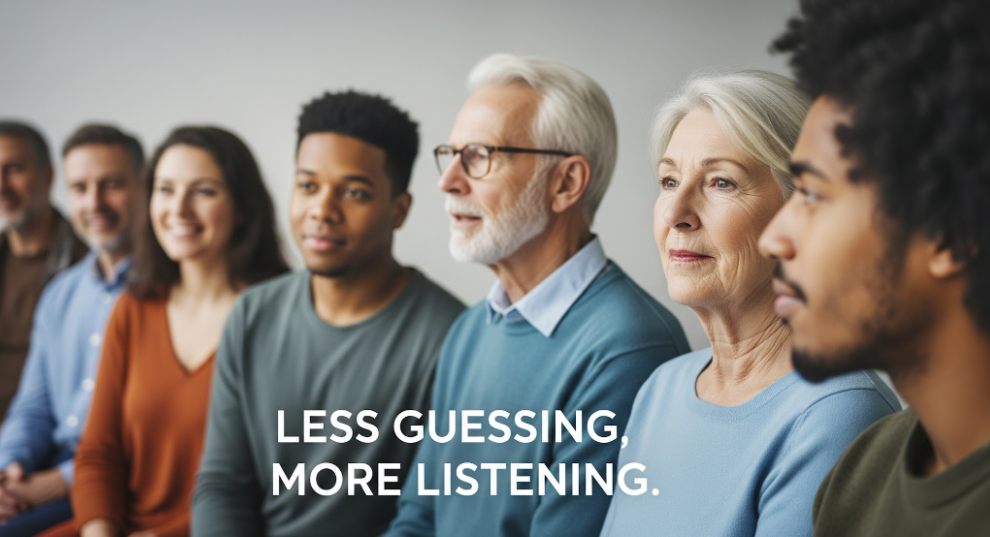
AI in Action: Less Guessing, More Listening
With Snapchat’s new AI tools, advertisers can hyper-target based on user behavior patterns that evolve daily. Combine this with Sponsored Snaps, and we’re not just personalizing—we're creating micro-theaters of attention. It’s predictive performance marketing.
Over on YouTube, contextual ads let brands surf alongside trends they didn’t start—think World Cup reactions, K-pop fandom spikes, or a viral recipe. These ads don’t interrupt the moment—they join it.
Then there’s Meta, anchoring its AI story in video, especially Reels. Here’s the killer feature: AI suggests when and where in the content flow to place a brand message, making ad fatigue a solvable problem.
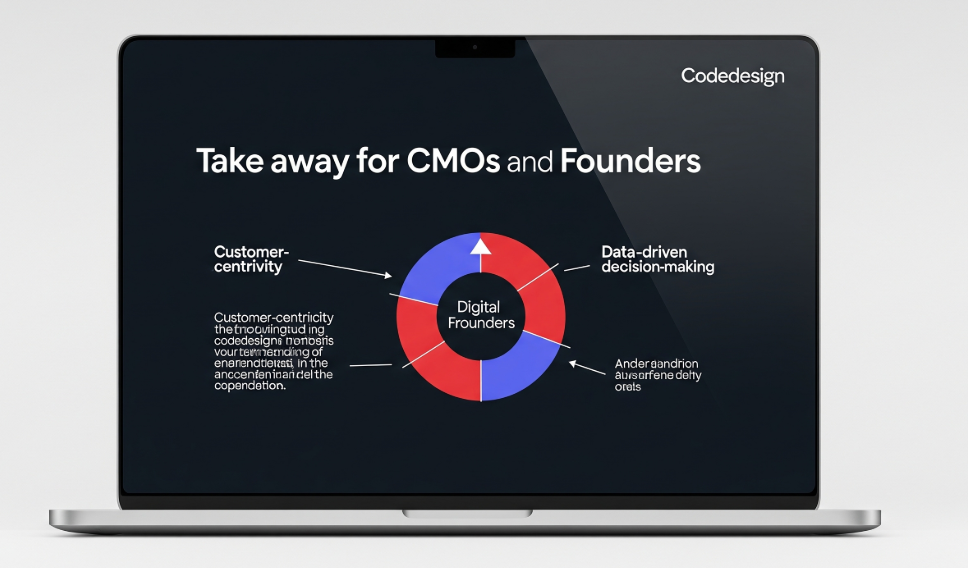
Takeaway for CMOs and Founders
Don’t just plug AI into old playbooks—rewrite the playbook. Your media strategy should start with AI inputs: What’s trending in real time? What are micro-segments responding to? Build content and cadence around those signals.
But here’s the risk nobody wants to talk about:
We’re treating AI-driven targeting like it’s a free lunch. It’s not. The more context-aware and real-time your ads become, the more your creative pipeline needs to match that speed. And that’s expensive. But here’s the operational truth — AI doesn’t reduce your workload. It redistributes it. And often, it ramps up the demand in the one place most teams are least prepared: creative production.
Why It’s Not a Free Lunch
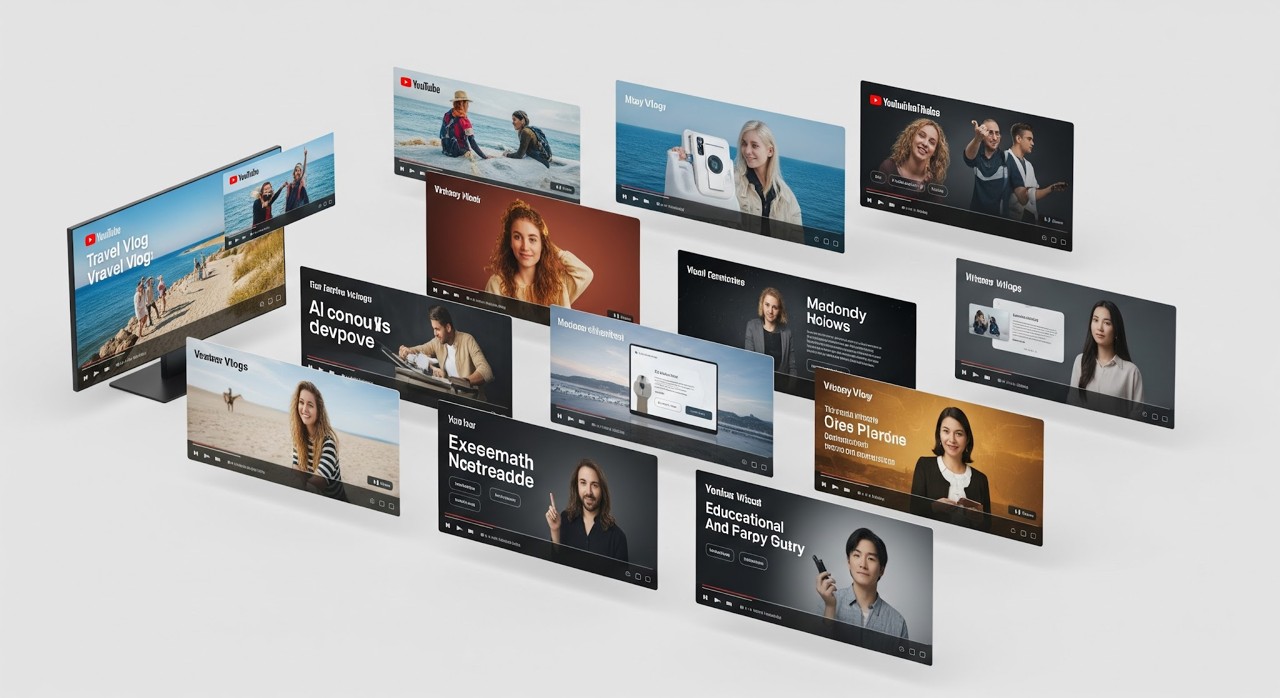
Take YouTube’s new AI-powered contextual ads. These can now align your campaign with trending videos or cultural moments—say, a viral clip from the Met Gala, or a sudden spike in searches for “Olympics training hacks.” Sounds like a win, right? But now your creative needs to feel native to that exact context. That means…
-
A version with fashion references and visual cues for Met Gala watchers.
-
A sporty, high-energy cut for the Olympics trend.
-
And something entirely different if AI spots a shift tomorrow.
Suddenly you’re not building one campaign—you’re producing five to ten creative variants per context. And each one has to be good enough to perform under AI-optimized conditions, where weak creatives get weeded out fast.
Snapchat Is a Great Test Case
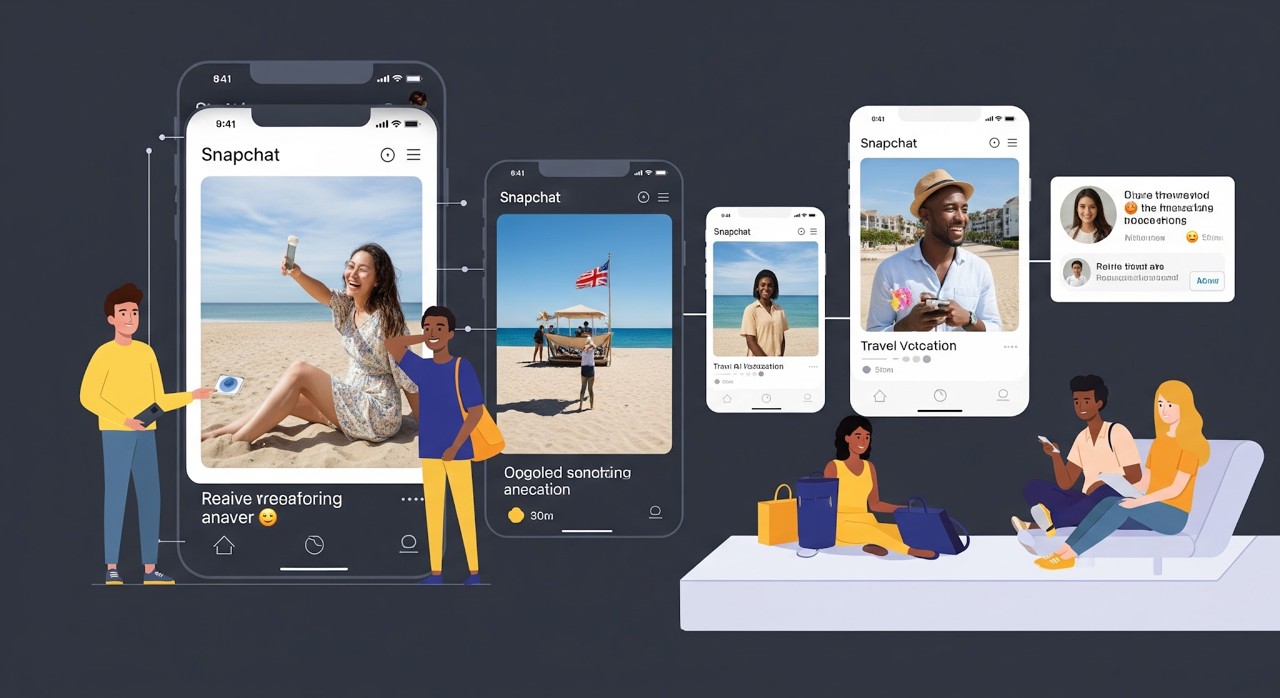
Snapchat’s AI tools can now personalize Sponsored Snaps based on behavioral data—like what lenses a user plays with, or what stories they swipe through. But if you’re targeting five micro-segments of Gen Z across four mood states (fun, focused, sad, excited), you need:
-
Different visuals.
-
Different copy tone.
-
Different calls to action.
That’s not one designer and a copywriter cranking out a few tweaks. That’s a scaled, templated creative engine—and few midsize teams have it.
Meta's AI + Reels Formula Demands Creative Dexterity
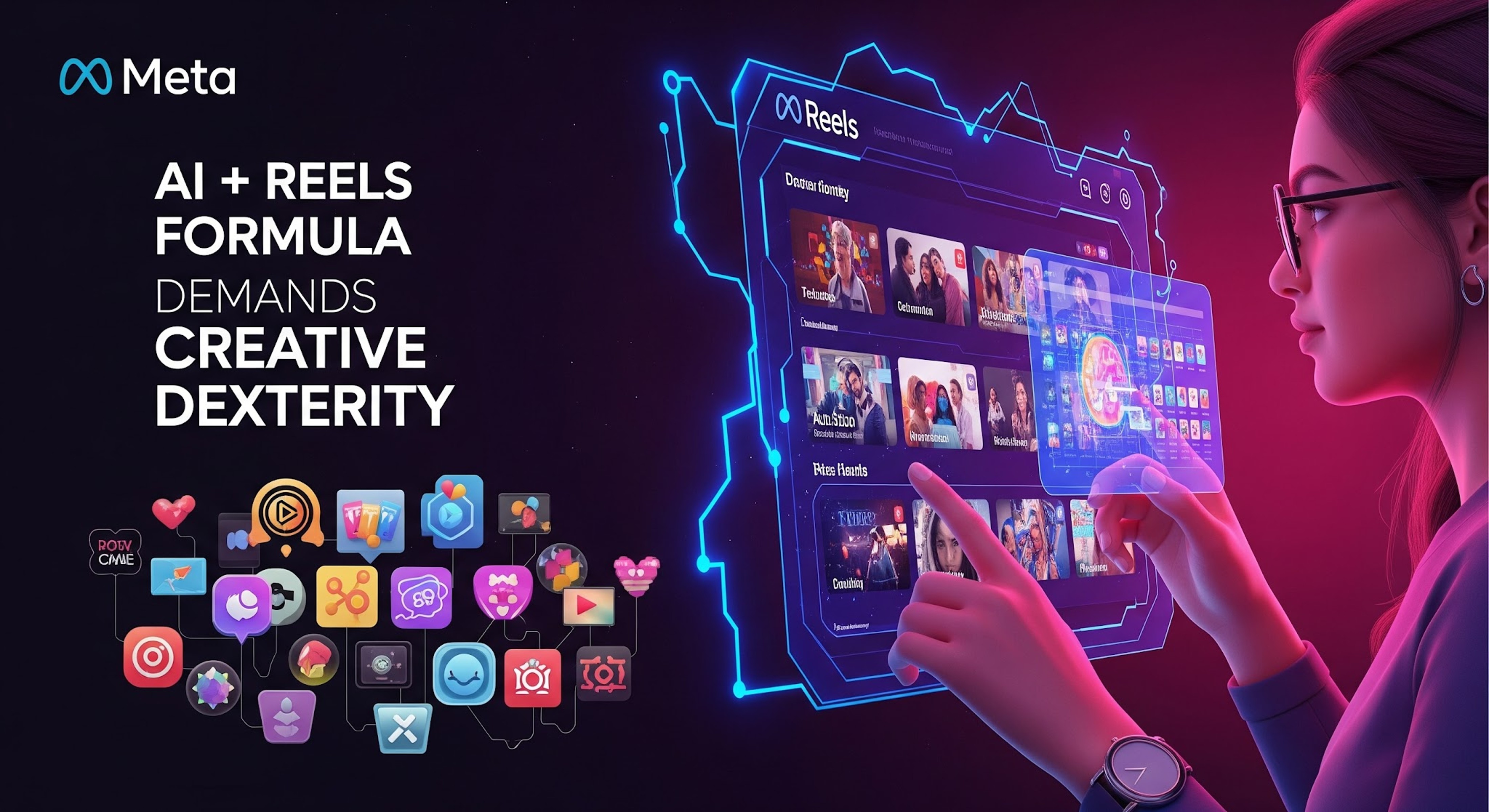
Meta’s positioning AI as the secret to optimizing short-form video. But let’s be honest: a 15-second Reel lives or dies on millisecond precision. AI can surface the right user or scroll moment, but the creative still needs to:
-
Hook in 1.5 seconds.
-
Hold for 10+ seconds.
-
End with a memorable CTA that feels earned, not slapped on.
That’s a craft challenge, not a tech one. You can’t outsource this to automation. And editing five versions for five audiences isn’t scalable without rethinking the entire production model—maybe moving to dynamic creative optimization (DCO) tools or modular content systems.
Are we underestimating the creative fatigue AI can trigger—on both sides?
As AI pinpoints micro-moments, brands are tempted to churn content endlessly. But production can’t scale like data does. This asymmetry risks draining your team and flooding audiences with sameness. Who’s budgeting for creative agility, not just AI tools?
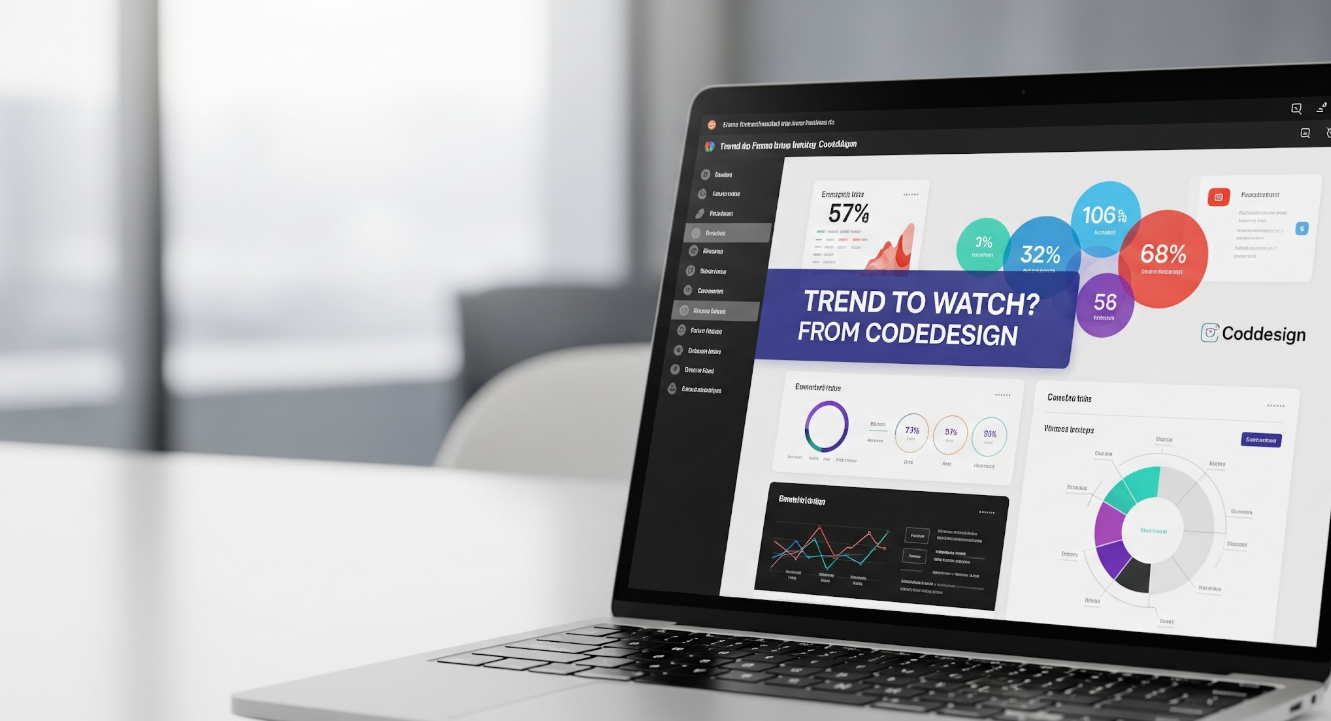
Trend to watch?
- Cultural moment marketing—real-time ads tied to trending events. Done right, it’s influence without the influencer.
Overrated metric?
- Click-through rate (CTR)—AI skews this by optimizing for easy wins. Look at conversion quality, not just volume.
Underrated strategy?
- Contextual creative templating—build modular content that AI can recombine across segments and platforms.
Favorite platform use case?
- Snapchat + Gen Z loyalty campaigns—micro-influencer feel, algorithmic reach. Surprisingly efficient for new brand launches.
One thing I’d tell every founder today?
- Invest in video literacy. Your performance team needs to think like directors now. Static assets won’t cut it.
Bruno Gavino leads Codedesign, a global digital marketing agency helping companies scale demand with balanced, data-driven strategies.
 |
Thoughts by Bruno GavinoBruno Gavino is the CEO of Codedesign, a Lisbon-based digital marketing agency, with offices in Boston, Singapore, and Manchester (UK). He plays a pivotal role in shaping the agency's growth and direction, particularly in the realm of digital marketing. Codedesign has built a strong team of dedicated professionals, including marketers, developers, and creative thinkers, with a mission to help businesses grow online. Bruno's expertise extends to various aspects of digital marketing, and he has been active in sharing his insights on the impact of significant global events on the digital marketing landscape. His contributions to the field extend beyond his role at Codedesign. Bruno Gavino is known for his broad perspective on digital strategies and innovative solutions that drive the company's vision. |
 |
CodedesignCodedesign is a digital marketing agency with a strong multicultural and international presence, offering expert services in digital marketing. Our digital agency in Lisbon, Boston, and Manchester enables us to provide market-ready strategies that suit a wide range of clients across the globe (both B2B and B2C). We specialize in creating impactful online experiences, focusing on making your digital presence strong and efficient. Our approach is straightforward and effective, ensuring that every client receives a personalized service that truly meets their needs. Our digital agency is committed to using the latest data and technology to help your business stand out. Whether you're looking to increase your online visibility, connect better with your audience, get more leads, or grow your online sales. For more information, read our Digital Strategy Blog or to start your journey with us, please feel free to contact us. |
CodeDesign is leading:
- Digital Agency
- Digital Marketing Agency
- AI Marketing Agency



Add comment ×